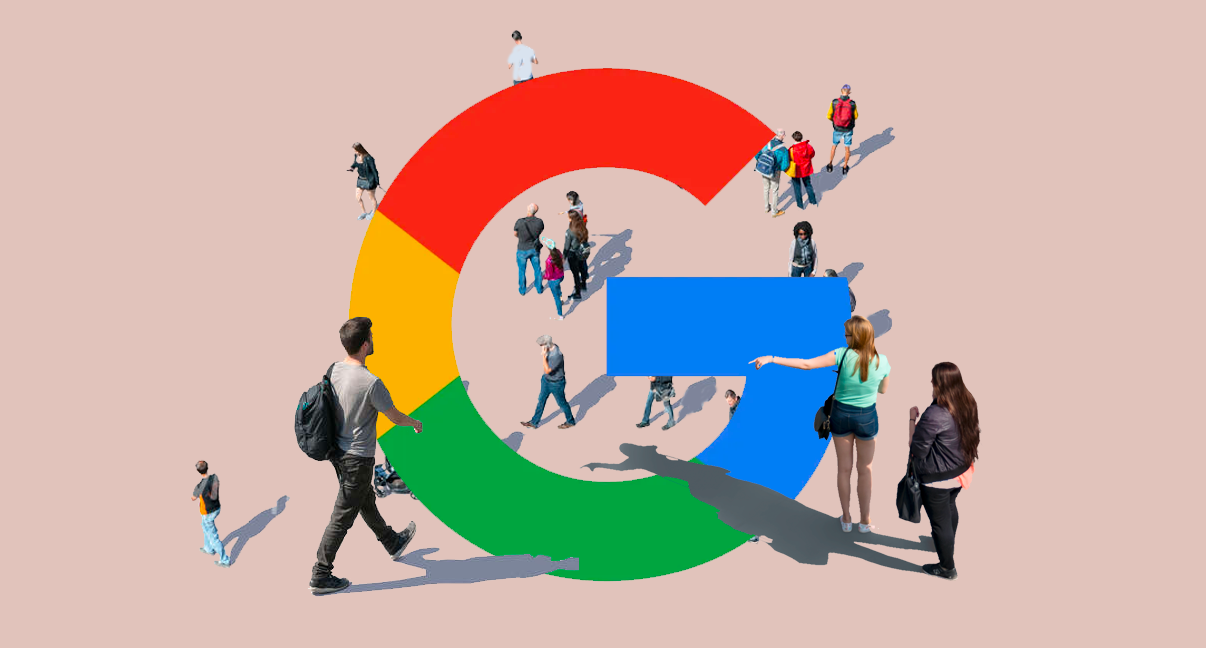
The Wonderful Guide to: Multi-channel Marketing.
Head of Digital, James Gray, explains why putting your eggs all in one basket (your ‘single-channel marketing strategy’) is risky and hurting sales.
Whilst there is no ‘one size fits all’ model when it comes to marketing, it’s pretty safe to say that the days of single channel marketing are numbered, and those who continue to rely solely on one method of reaching their customers are, in essence, extinct.
This may seem like a rather bold statement, but in a world of increasing ‘noise’ from an ever-expanding number of sources, multi-channel really is the only way of reaching today’s customer whether you operate in B2B or B2C environments. Multi-channel encapsulates using a selection of direct and indirect marketing communications, hoping to ignite interest in a brand and what that brand offers. The array of channels available take shape both online and offline, allowing for a huge variation in combinations used, so companies can target their perfect buyers.
Right now, we’re truly immersed in the ‘digital age’, with mobile devices, connected home, social media, and emerging communication technologies bringing additional marketing channels into play. These new technologies are actively influencing and evolving the browsing, buying and peer-influence behaviours of your customers.
This effect was epitomised perfectly when, this weekend, I came downstairs to discover my 3 year old daughter in the lounge with multiple devices on-the-go, including the Television (on a commercial children’s TV channel) and her iPad (on YouTube). Both of these devices, more importantly, are powerful marketing tools which, unbeknownst to her, were being used subliminally to promote specific products. It may seem strange that I am making an example of a child, but (dialling back the pester-power, and without bias) this really is a fantastic example to use to explain the influence of multi-channel marketing. The profound focus of a single-channel strategy comes at the expense of missed sales or opportunities in the huge array of other channels your target customers are using. If in-store POS, the traditional single-channel output, had been the only way of promoting these products to my daughter, she would have had no prior awareness; no opportunities to compare or add value; no buy-in to what the products will do or how they’d make her feel; and, most importantly, no real decision-making time. This would make the likelyhood of conversion very limited.
However, having seen an advert on the television, and watched an influencer-endorsed ‘unboxing’ video of the product on YouTube, as well as being presented a list of ‘recommended’ videos to follow (which she also duly watched), it’s safe to say she was given every opportunity to absorb all the features and benefits of the product. The thing is, it’s “dad” who holds the purse strings in this situation, and this is where it gets really interesting.
Whilst this was happening, I was scrolling through my Facebook feed, and sure enough, thanks to those pesky ‘cookies’/’pixels’ and the fact I am logged in to both my TV and iPad (upon which the previous ads were shown), I was served an advert. I am pretty sure you can guess by now, that this advert was for the very same product my daughter had seen. Not only that, but having shopped on a certain retailer’s website recently, this information was married up to ensure maximum likelyhood of purchase as I was presented with not only the exact toy I was going to get pestered for, but also the retailer I’d be most likely to buy from based on previous buyer behaviour. The same advert was then echoed on Instagram. This doesn’t just represent multi-channel marketing, but the increasing level of personalisation available to those who chose to do it properly.
So, whilst this is a real-world scenario taken from my own personal experience, I am sure it will have resonated with you in some way. There have even been stories of smart home devices ‘listening’ in to conversations to serve adverts for relevant products which, as AI starts to take hold in the marketing space, is increasingly likely to become a reality in years to come, expanding this idea of multi-channel marketing even further. According to LeadForensics, “72% of consumers say they prefer to connect with brands through multiple channels before purchasing”, adding weight to the idea that customers today are more informed than ever before.
In B2B, it is said that 70% of buyers purchase to solve a problem, and 30% purchase to gain a new advantage. Those who employ a multi-channel marketing strategy grow their reach and generate leads faster, because they’re more advanced in the knowledge of how to entice buyers looking to solve a specific problem instead of those just ‘browsing’.
Multi-channel marketing also has a much longer lifespan. In 2017, 80% of internet users accessed the web via mobile, and 34% used Smart-TVs. Whilst the desktop/laptop PC is still the most commonly used device for accessing the internet, this will inevitably change. Recent additions of Netflix and Spotify to BSkyB’s “SkyQ” offering, for example, demonstrates how the lines of technologies & platforms are blurring. Brands using multiple channels in their marketing are much better prepared to handle these constant changes. If one channel’s performance is in decline, because of technological advancements or changes elsewhere, multi-channel brands always have a “back-up” continuing to generate business.
Although, multi-channel is not without its drawbacks: Finding the ‘perfect buyer’ and targeting them in the right time and right place is a time-consuming learning exercise. Whilst this can be helped by technology (algorithms, AI, etc), this does come at a cost. When you factor in the fact that time is also at a premium during this phase whilst you get the campaigns optimised; and the multiplier effect of replicating campaigns across multiple channels, there’s an inherent increase in costs. This is why many businesses will have to pick the optimal combination to ensure cost-effectiveness and to deliver strong ROI as costs multiply. Having the right people in place to manage this process, or the right agency, of course, becomes a vital decision.
The element to all of this, often missed by some marketeers, is the vital thread that ties these multiple channels together. Tracking a customer from viewing an advert, to clicking (or tapping) an online CTA, to reading an article, to viewing a product, to submitting their data, to enquiring, to purchasing… all of this measurable behaviour is important for targeting and retargeting, but also for learning best practice when it comes to your product and target customer. Multi-channel makes sense. The best brands sell to their customers wherever they consume content, from Facebook Marketplace to shoppable Instagram posts; a native Pinterest store, or marketplaces like Amazon & eBay; Adwords (PPC), YouTube or even traditional media such as print advertising. In creating natural purchasing paths on all the aforementioned channels, multi-channel marketing comes into its own.The more you do to actively boost your visibility, the better; and it’s safe to say that no company is likely to ever get the business they need by only exercising one marketing channel in today’s world. Choosing the right blend is important, and is something we like to think we do pretty well here at Wonderful; and we’d love to talk to you more about it.
Are all of your brand’s eggs in one basket? Do you have multi-channel marketing covered? Do you need to add more channels to the mix? Do you have metrics in place to track and tweak your campaigns to get the best results for your business? Feel free to give us a call on 01622 686228 or email hello@bewonderful.co.uk if you want to expand your marketing reach and generate business.


